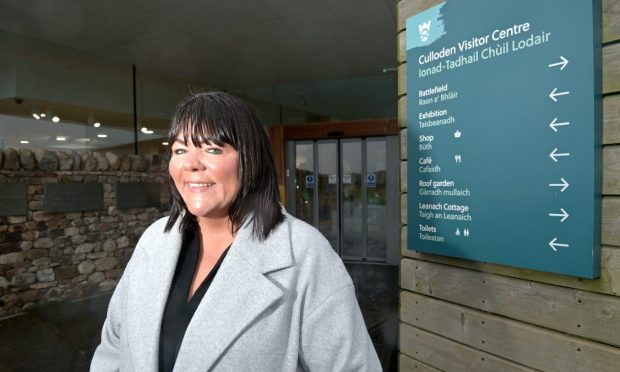I work with a number of companies on how they present themselves and how they sell. I also have a fair amount of experience in selling – much of it successful, but with lots of hard lessons and failures. Selling can be tough – even if you have a great product or service.
It usually means getting in front of a potential customer and selling face to face. Online marketing, social media and PR are all important – but people often still want to buy from people.
I support the Buy North East campaign and congratulate the Chamber of Commerce for leading it. But it is not simply about buying local for local’s sake – local suppliers need to earn and deserve the business.
It’s about price, quality, speed of delivery and reliability of supply.
The Buy North East campaign should provide opportunities for local suppliers.
If you are a potential supplier of local goods or services that is keen to exploit the opportunity, I recommend that you start by answering the following questions:
The first question is a simple one – but sometimes the most difficult one: Why should they buy from you (what are the unique benefits your products or services can provide to that specific customer)? (Hint: the answer is not – “I am local.”)
If you have a good answer to that one, we can move onto the four supplementary questions:
1. Is your quality or functionality better than your customer’s current supplier?
2. Is your service quicker?
3. Are your prices lower?
4. Is your business strong enough – it won’t fold anytime soon?
If we can get four yesses we may be onto something – but there is one more question that many people miss.
Are you easy to do business with – friendly, trustworthy and reliable?
Good, then it’s about selling.
Here are some pointers: You may think that they are all pretty obvious and even just common sense – but they work and may not be as common as you might think.
1. Give yourself time to prepare – it takes time to design, practice, rehearse, plan and deliver a good pitch, don’t leave it to the last minute.
2. A pitch is for your potential customer – what does she want to hear about – what are the benefits to her? Do you have evidence or proofs you can share?
3. Assume that you are the middle one of 15 companies that will be presenting to her that day – all claiming to be better, cheaper, quicker and local – she will be sceptical and potentially bored. So you need to earn her attention and keep it – the first minute or two are vital – giving the history of your company or your own career history can wait until later. If she is not listening – it doesn’t really matter what you say.
4. Once you have developed your pitch, practice on your own until you can cover it well without having to read notes or a script. It’s OK to have some prompts or reminders – I need to have cheat sheets and bullet points because I struggle to remember details – and the older I get the more this seems to happen.
5. Set up your rehearsals with colleagues or friends who will give you honest feedback on the bits that work and those that don’t. Modify and improve your pitch from this feedback. Find out how many rehearsals you need to be confident in your material – I need at least three but I know some people that prefer more.
6. Do lots of pitches. To improve any skill you need to get “on the pitch” and do it. But the key is to review, reflect and learn after each one – what could I have done better?
7. Use stories – especially if they have a memorable twist and are special to you. Personal stories are great. Stories need enough detail to make them believable yet need to be short to fit into a typical talk. Stories are more memorable if there is some drama, tension or challenge that has to be overcome.
8. For a 10-minute pitch, only use PowerPoint if you really need to show a picture or a diagram. Don’t use it as speakers’ notes.
9. And finally, when you are presenting be yourself – use your own words and language – but be the most energetic version of you! You can’t do this if you are reading.
Your pitch can either be forgettable or unforgettable – that’s why you need to try and make it memorable. Your presentation can either by convincing or unconvincing – that’s why you need to try and be compelling. You can come across as real or fake – that’s why you need to be authentic.
10. And remember – you won’t win them all, but you can and you will win more by putting these simple steps into action. Let’s make local the logical choice. Good luck!
All firms need to do to join the Buy North East Roll of Honour is to put the campaign on their next board meeting agenda – then move at least one contract or piece of business to a local supplier.
To apply visit www.buynortheast.co.uk










